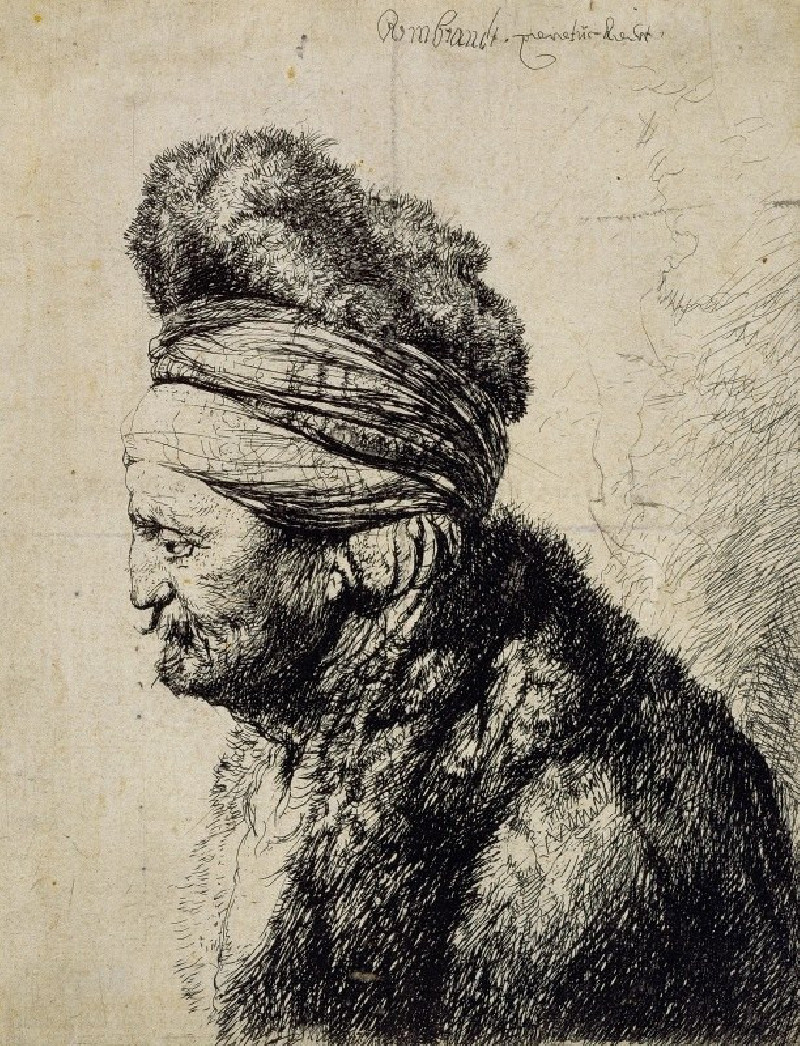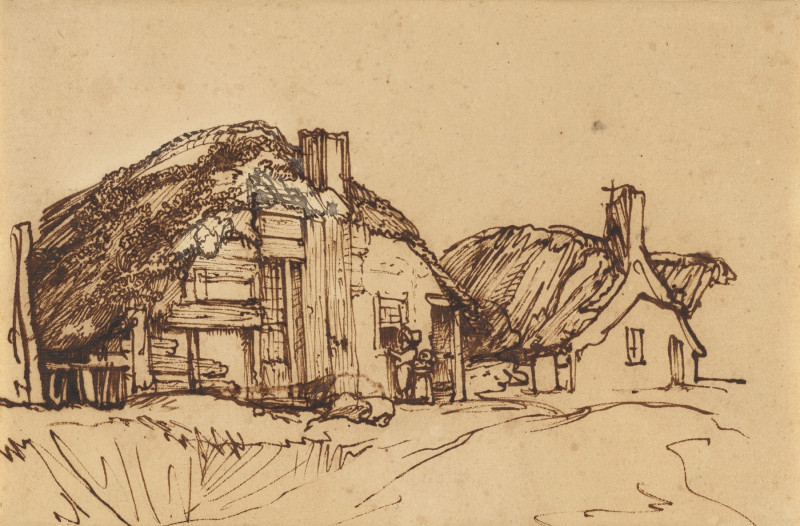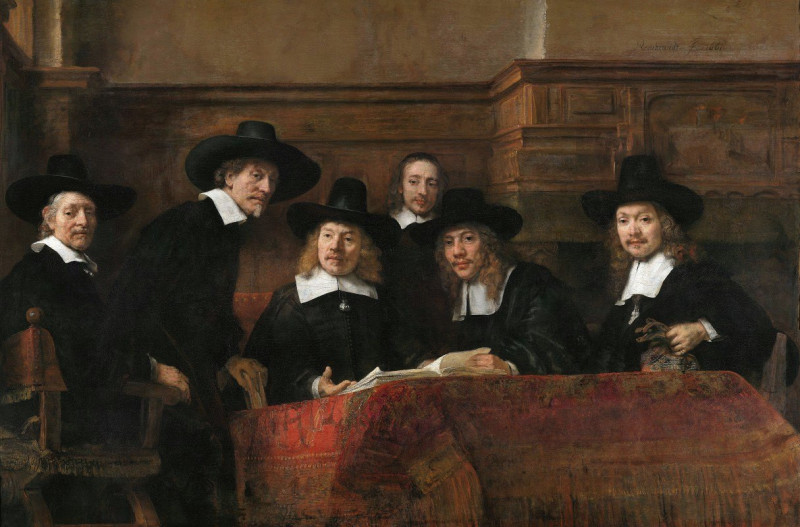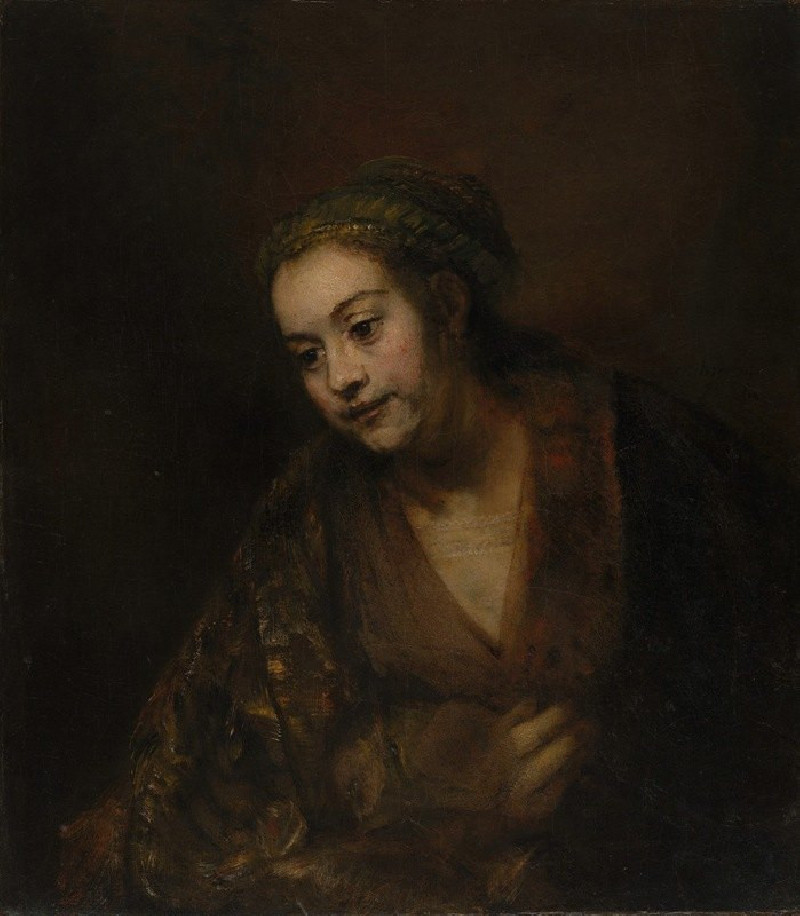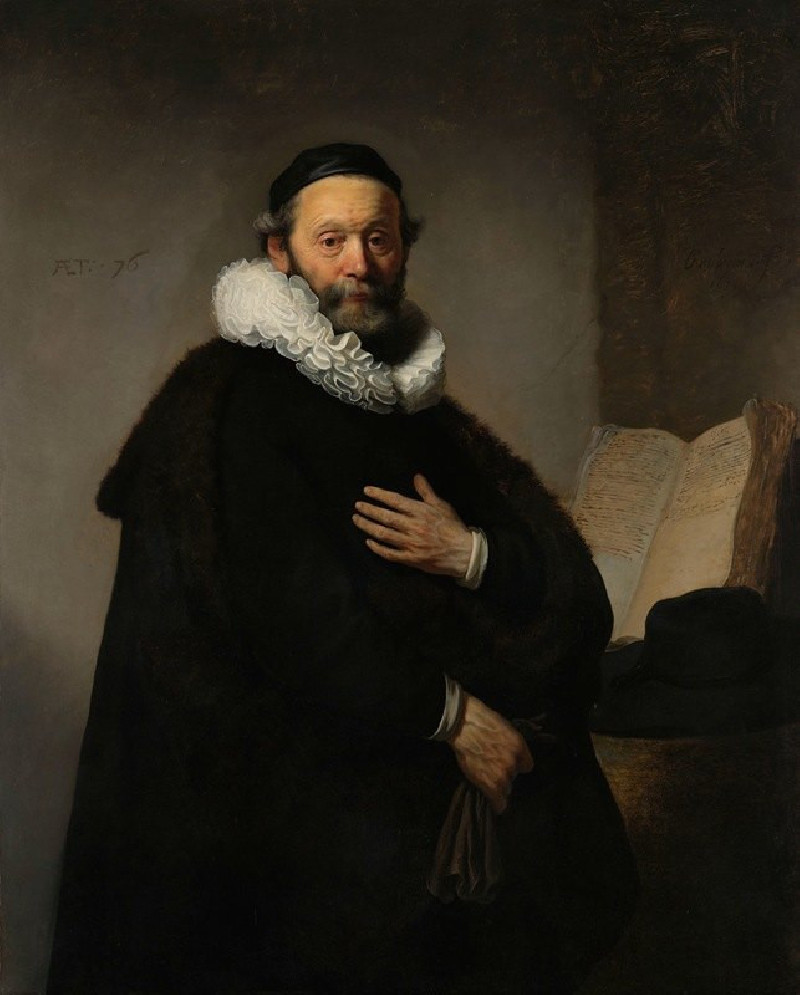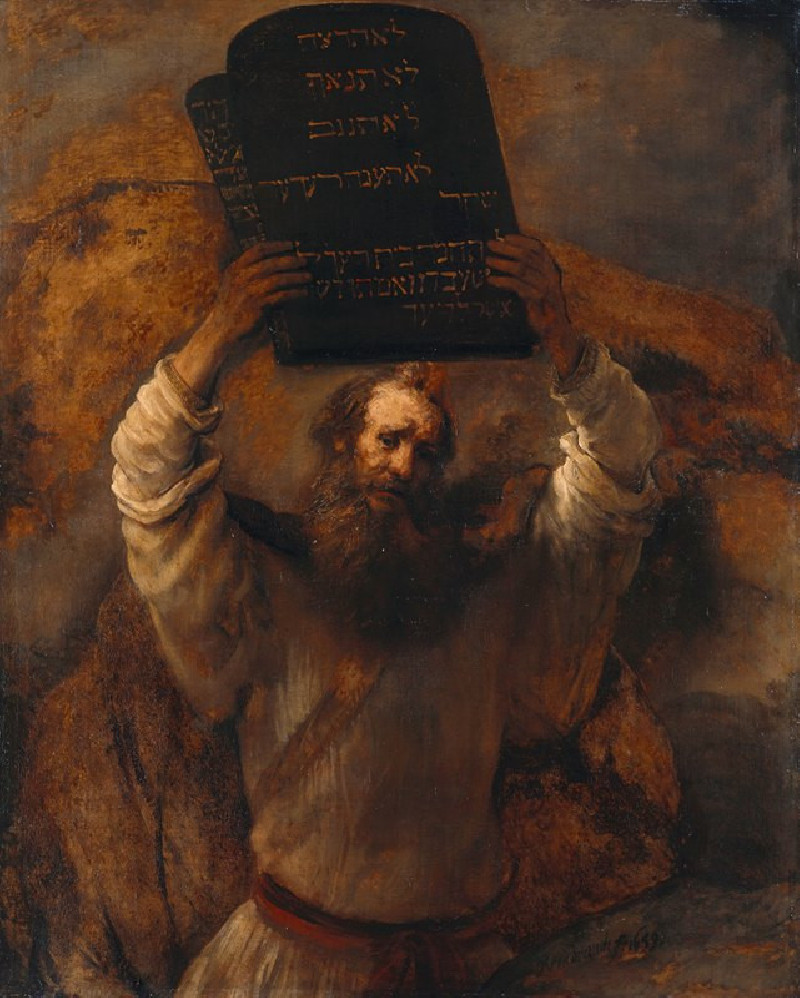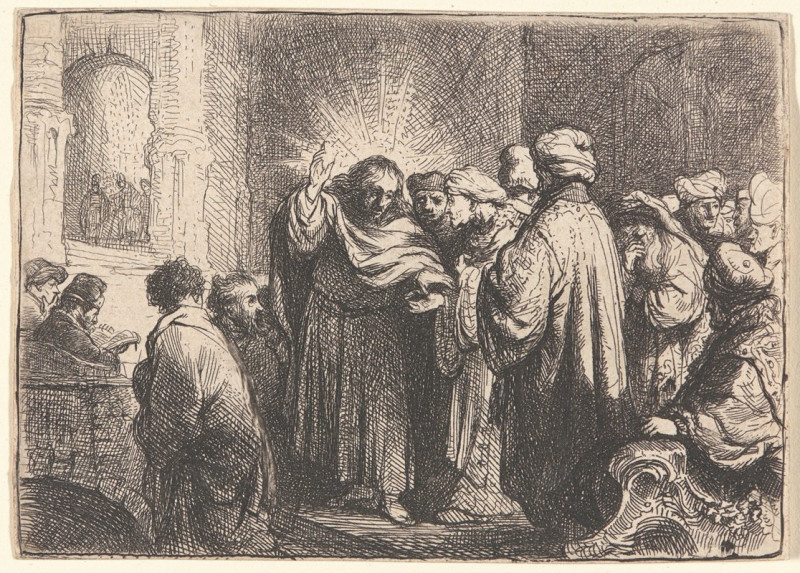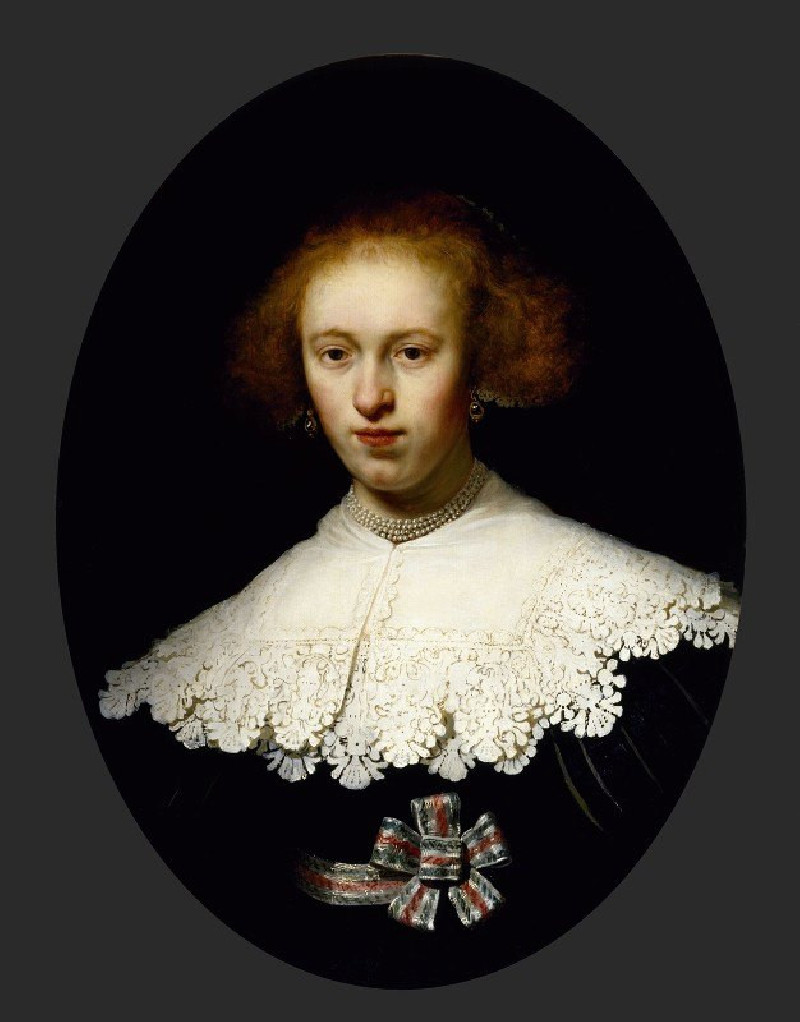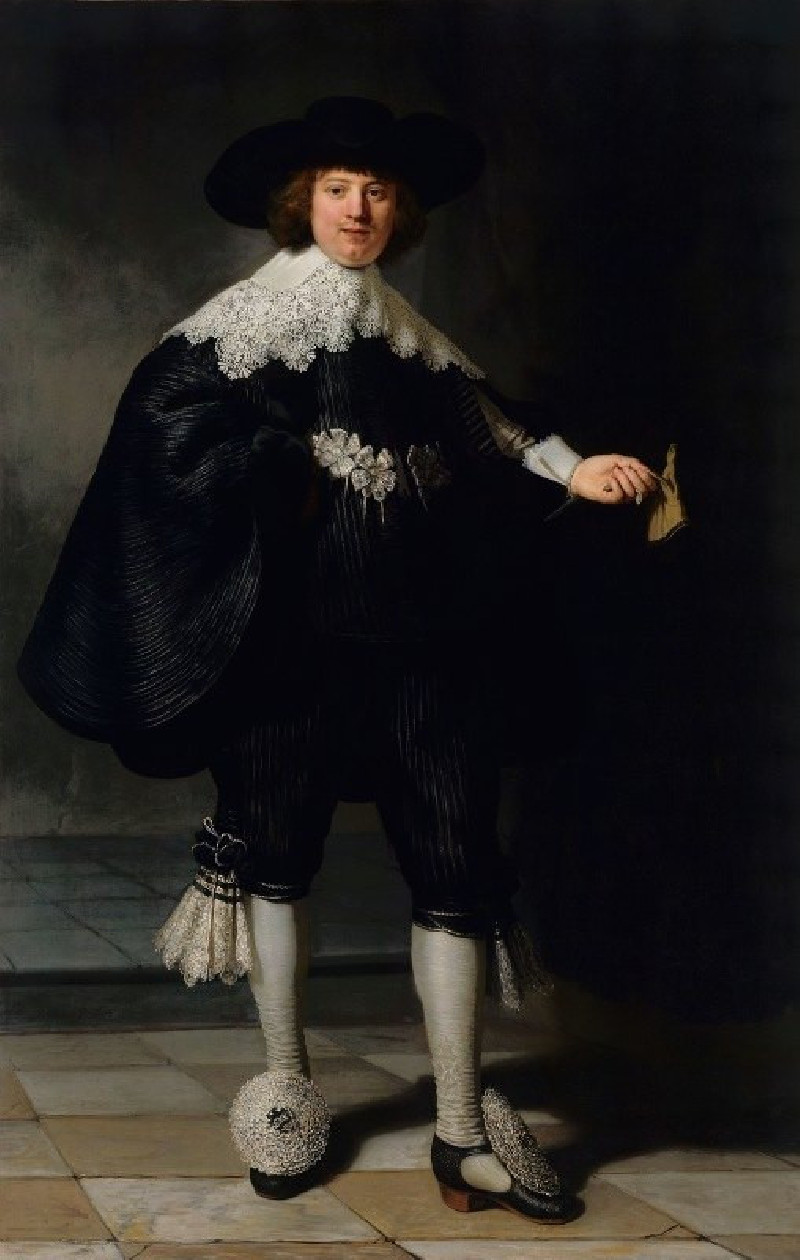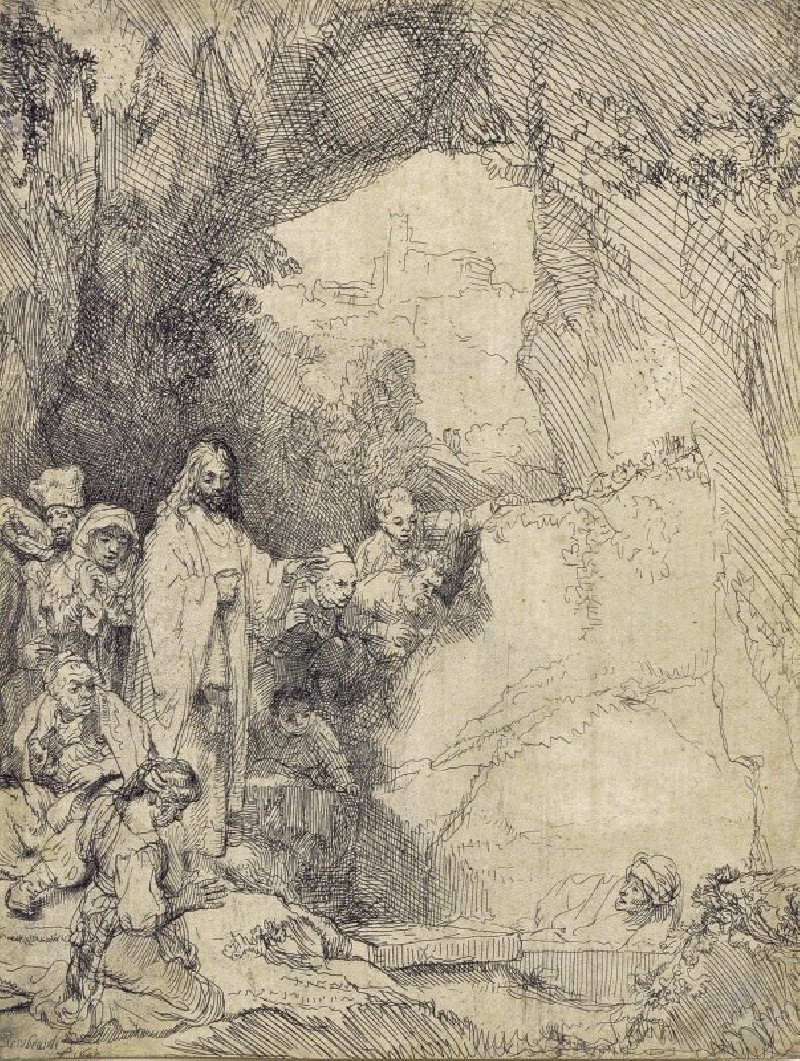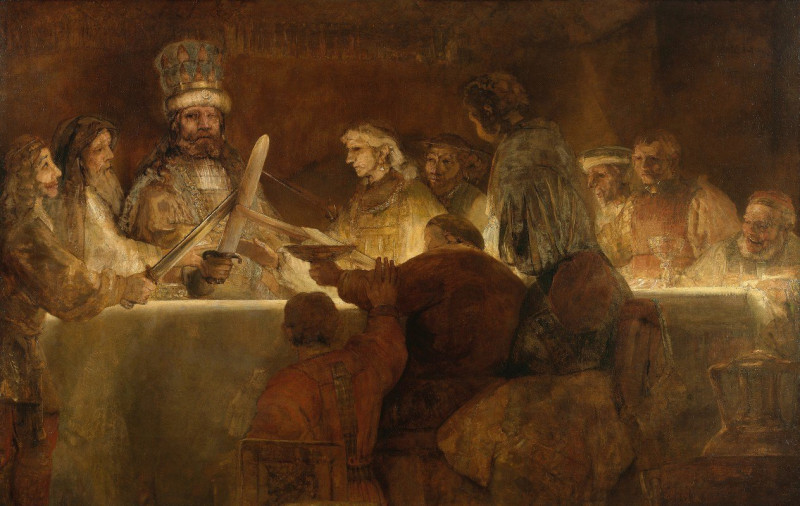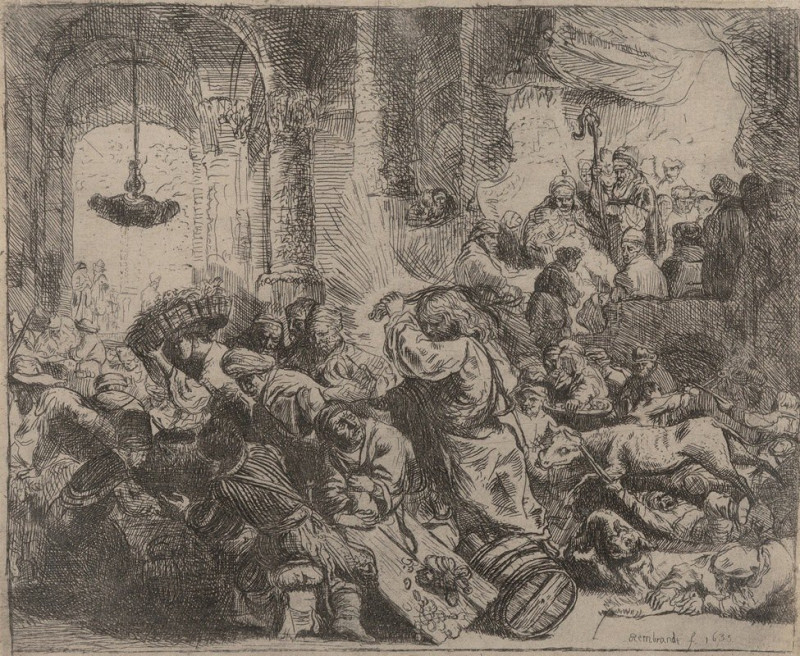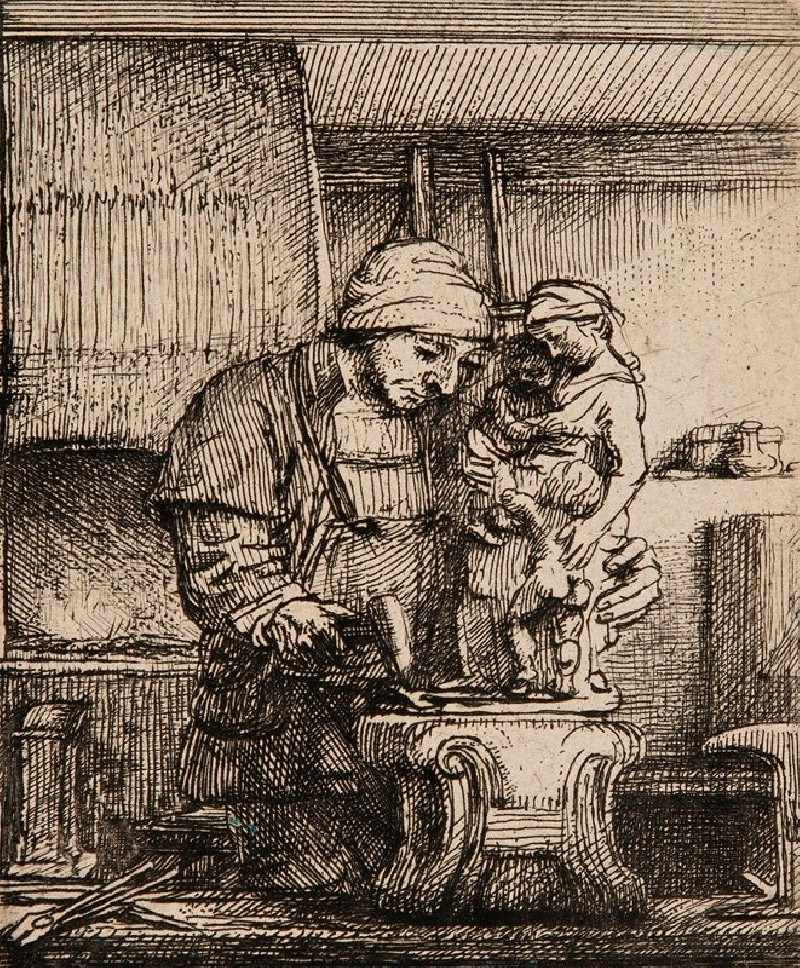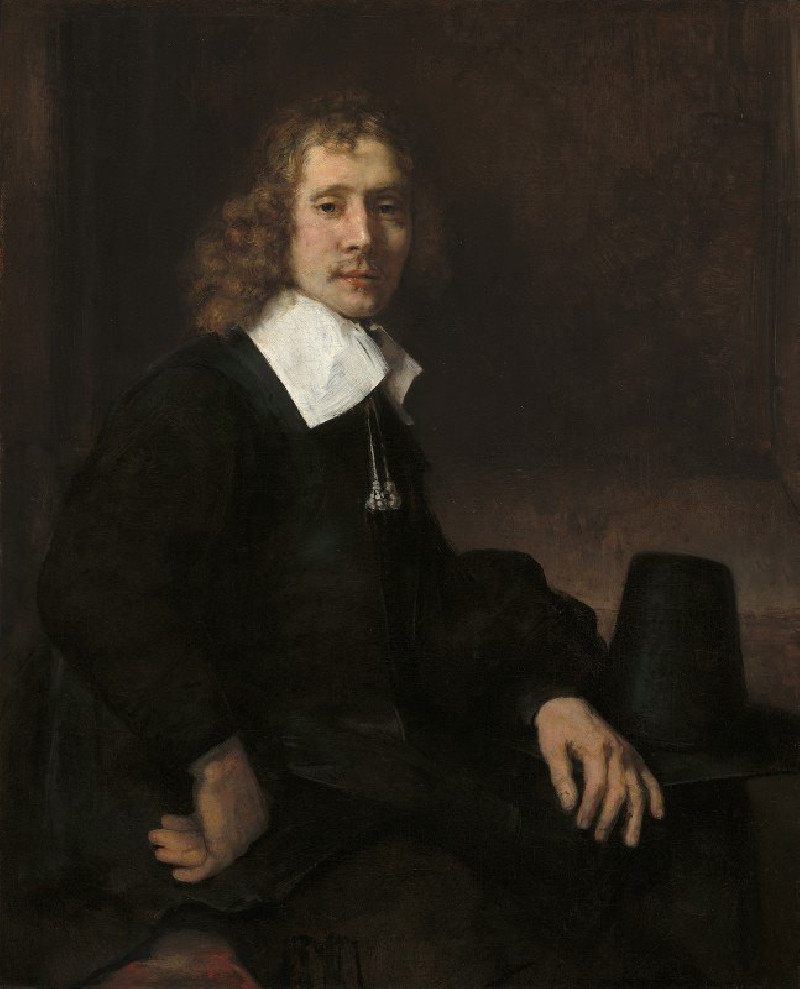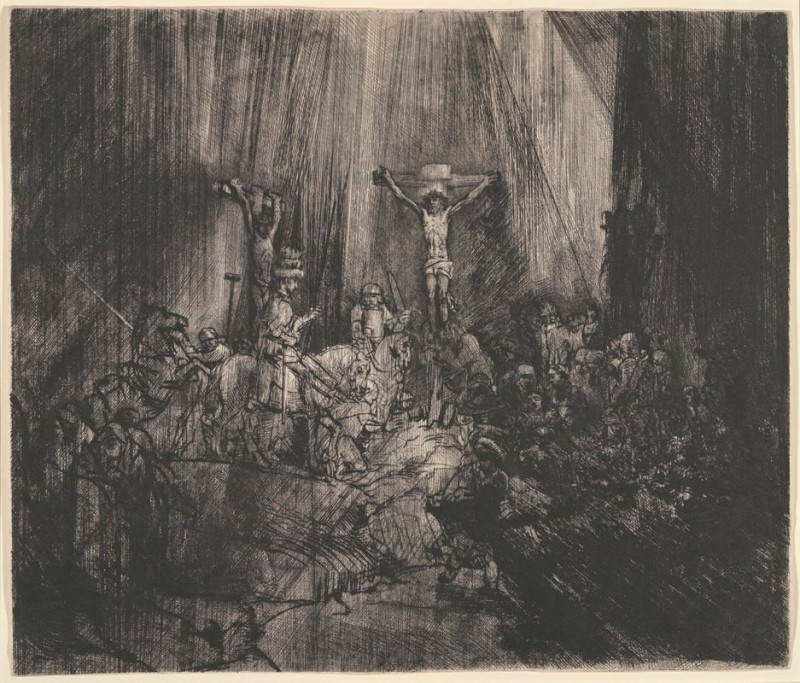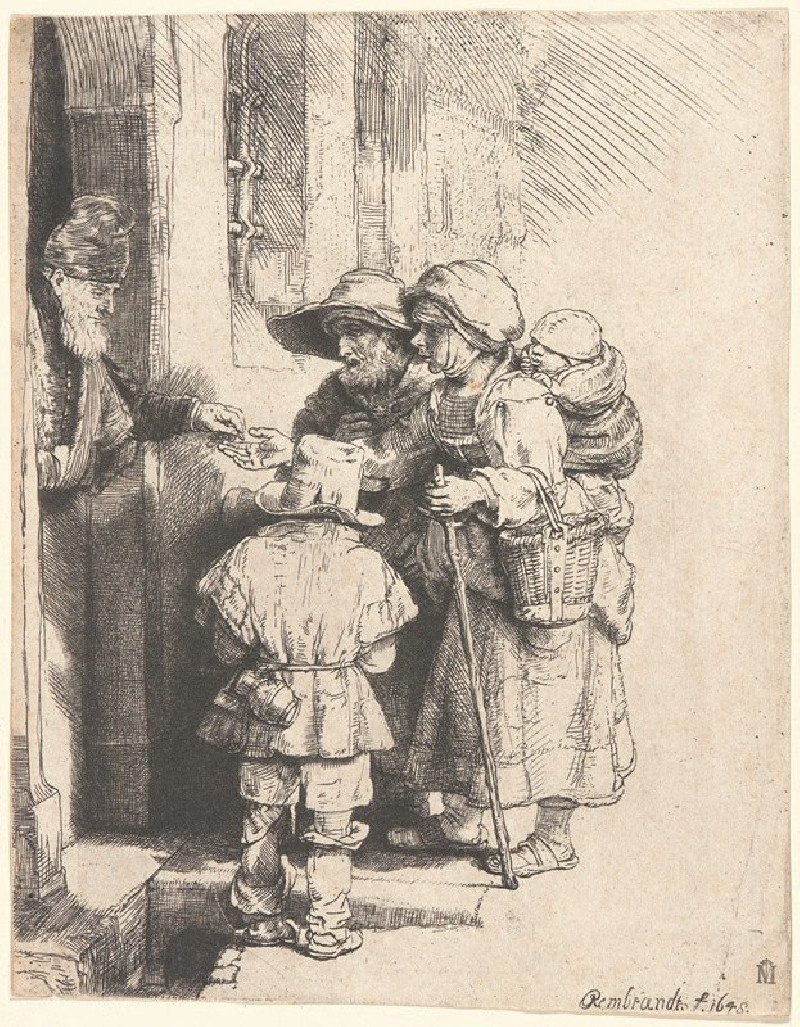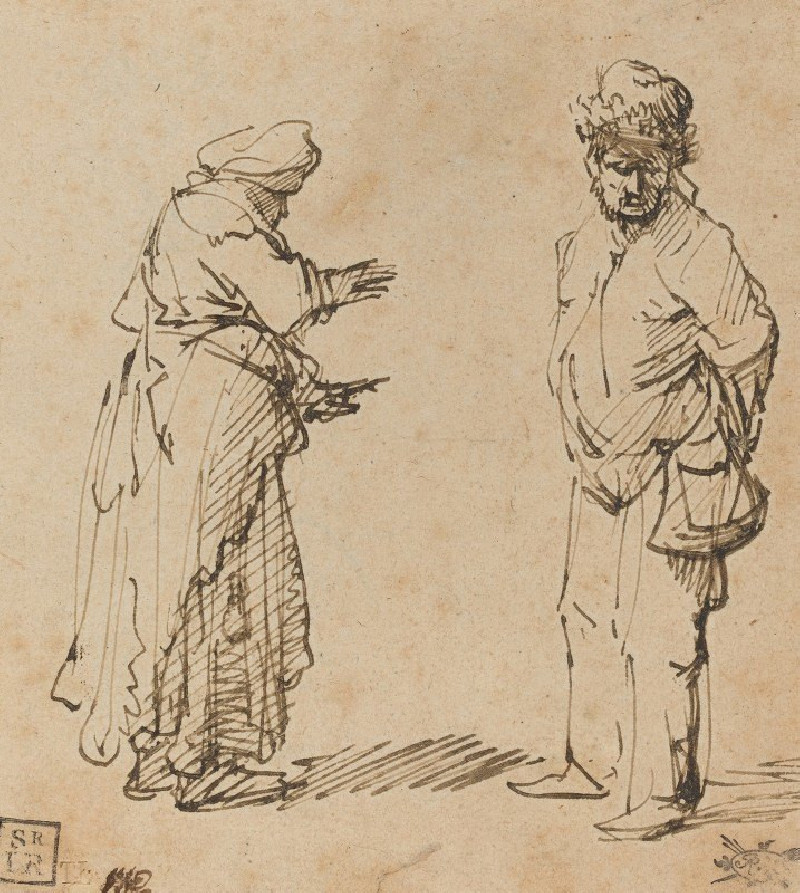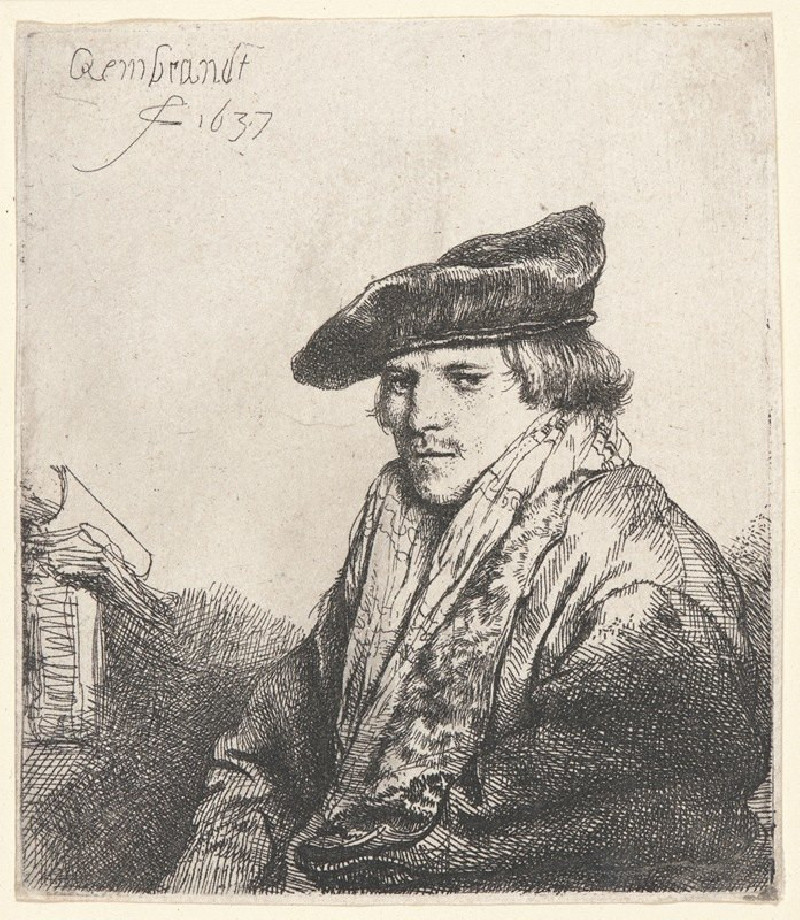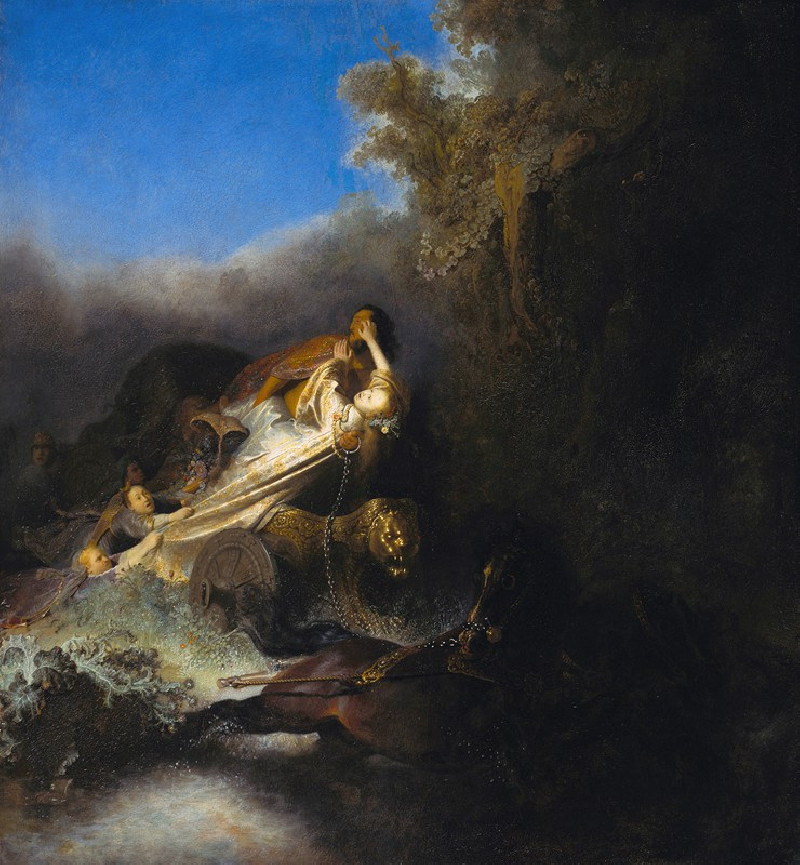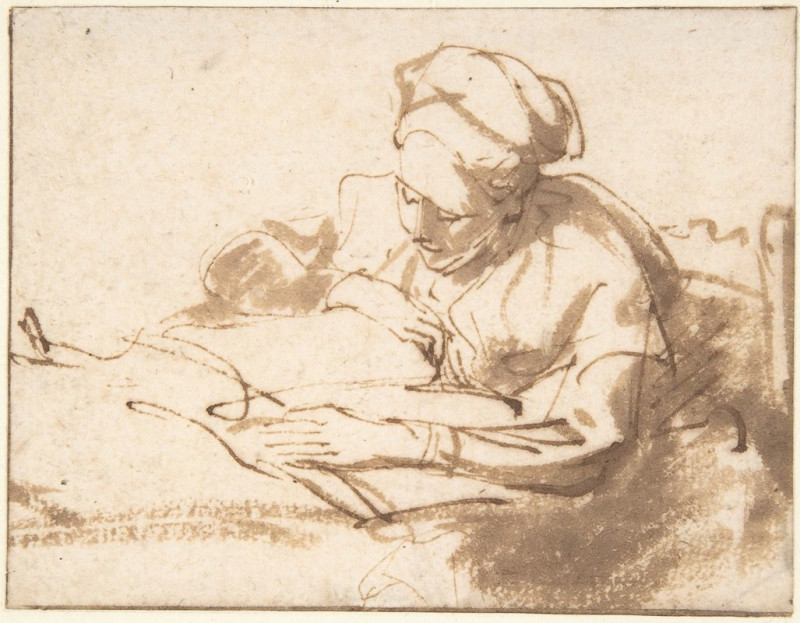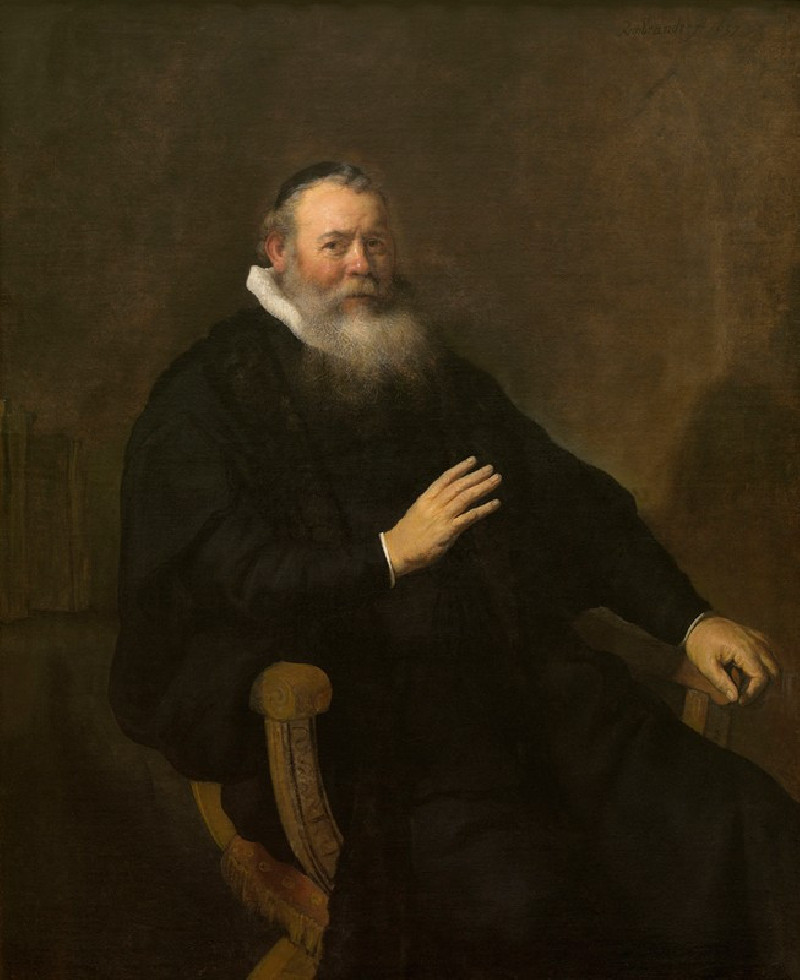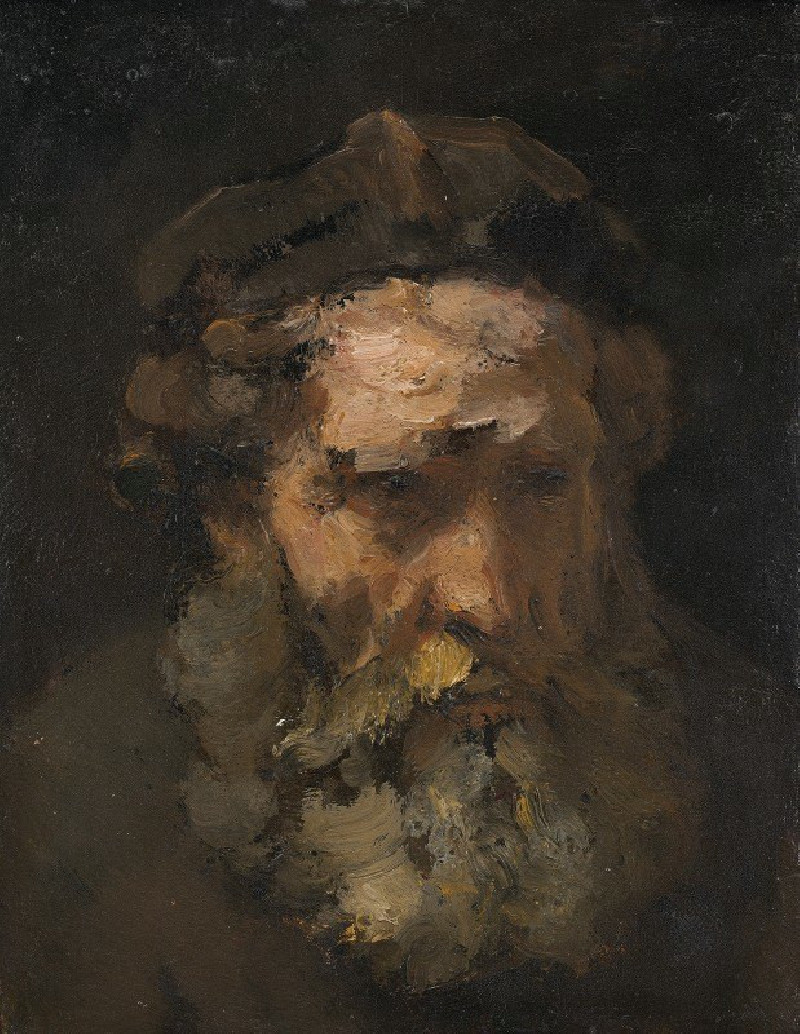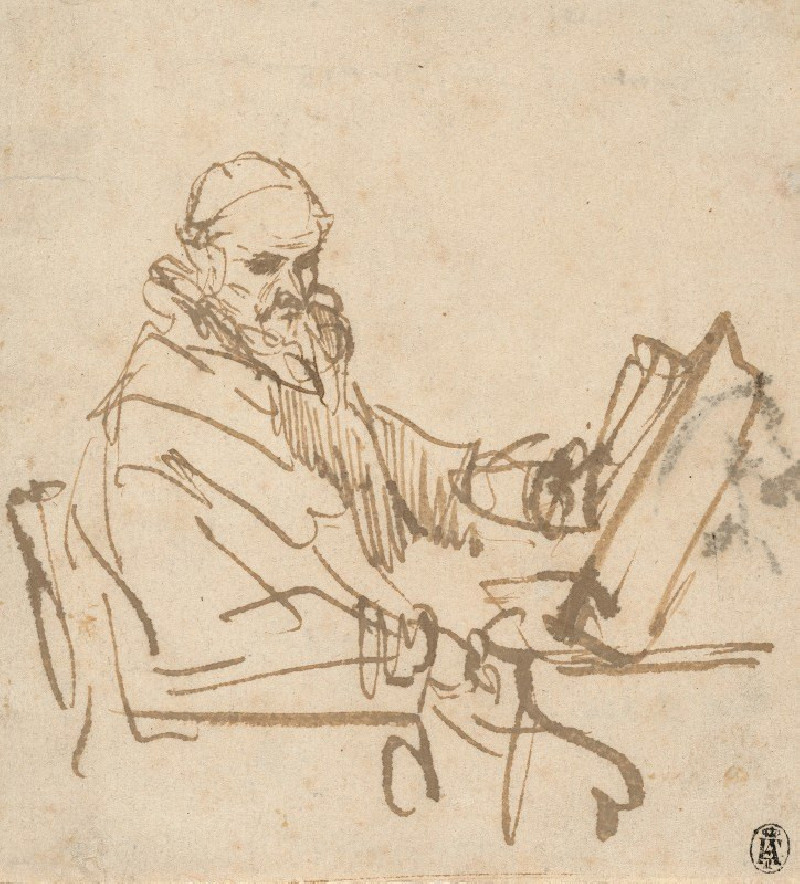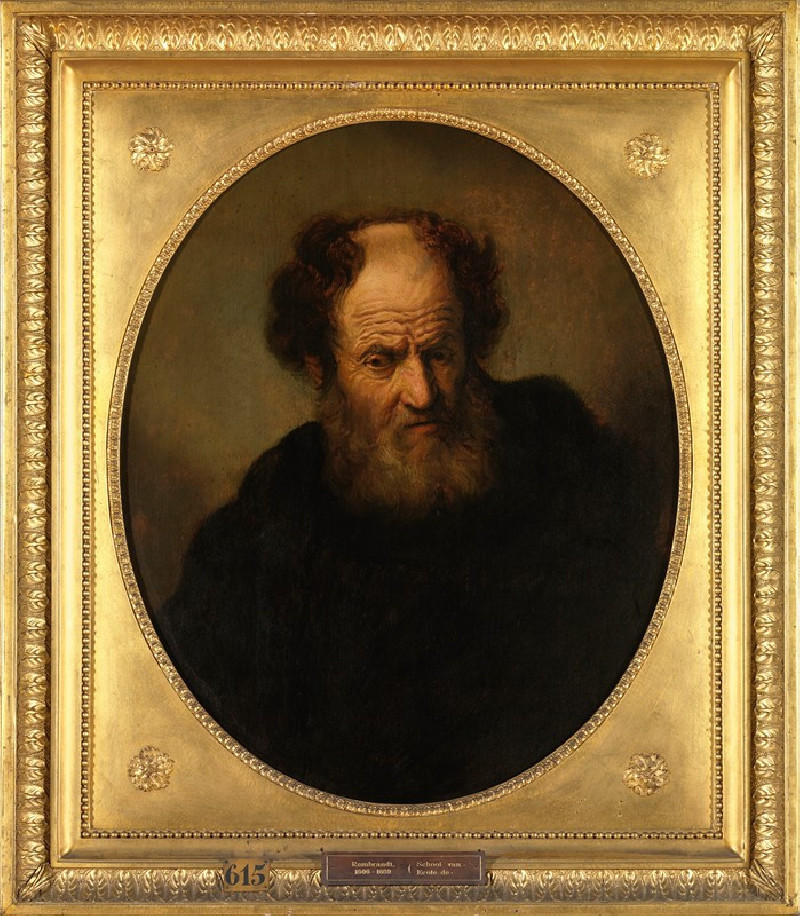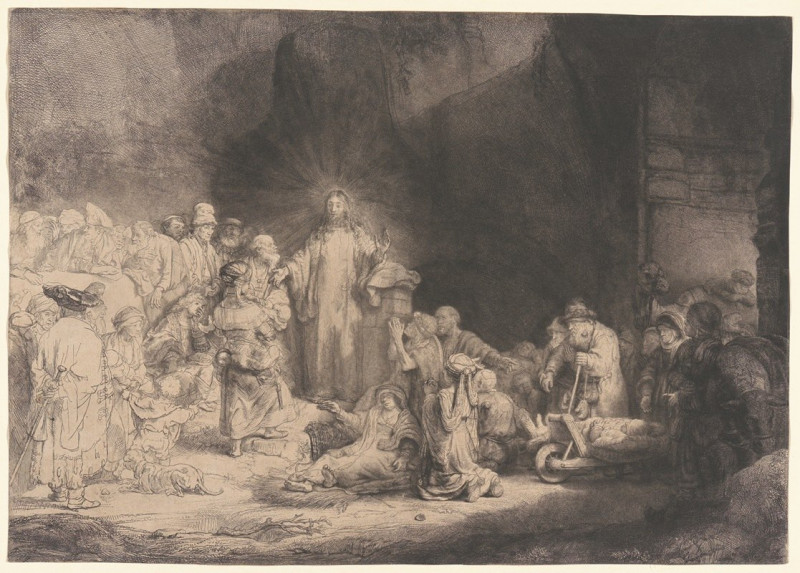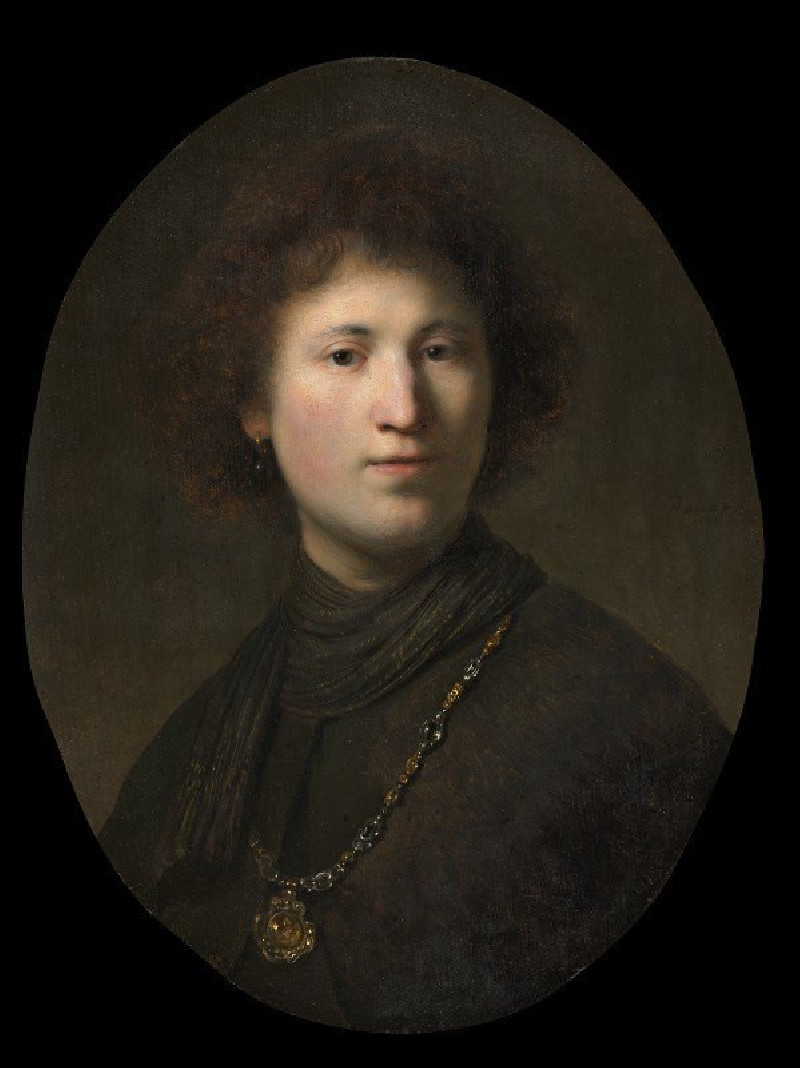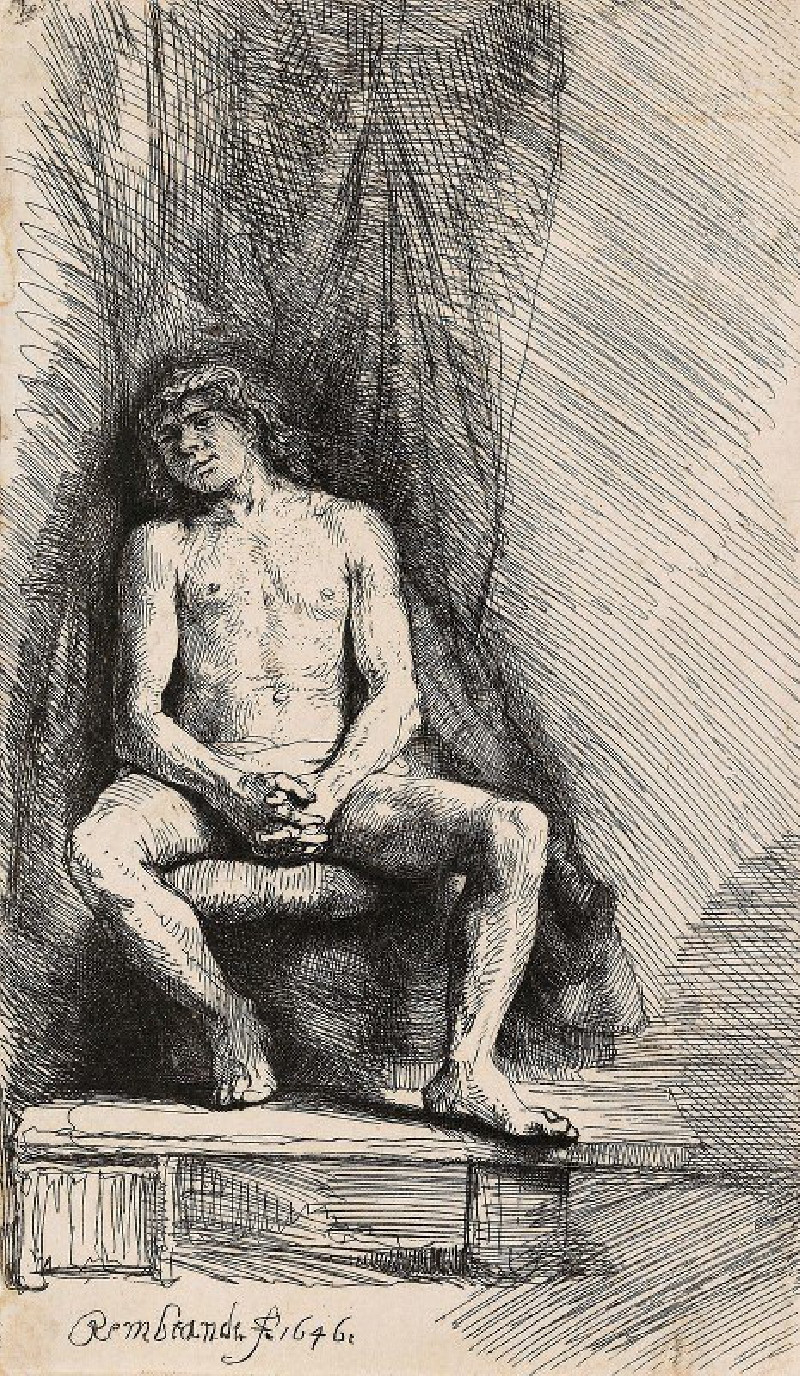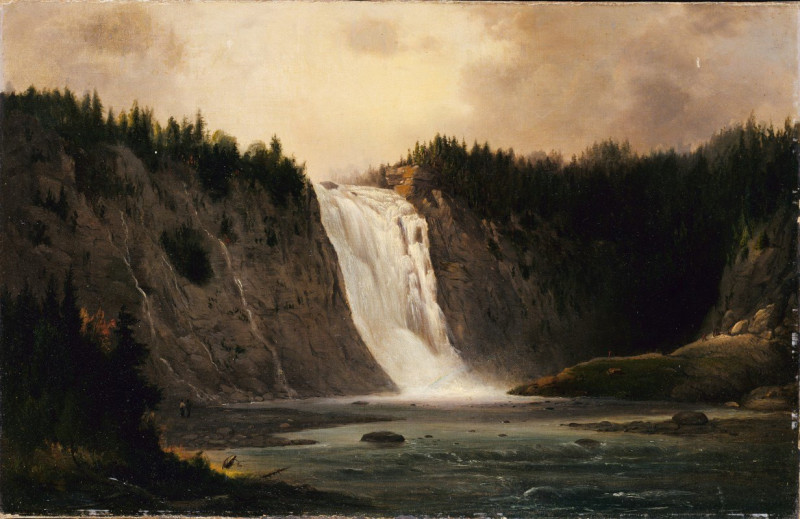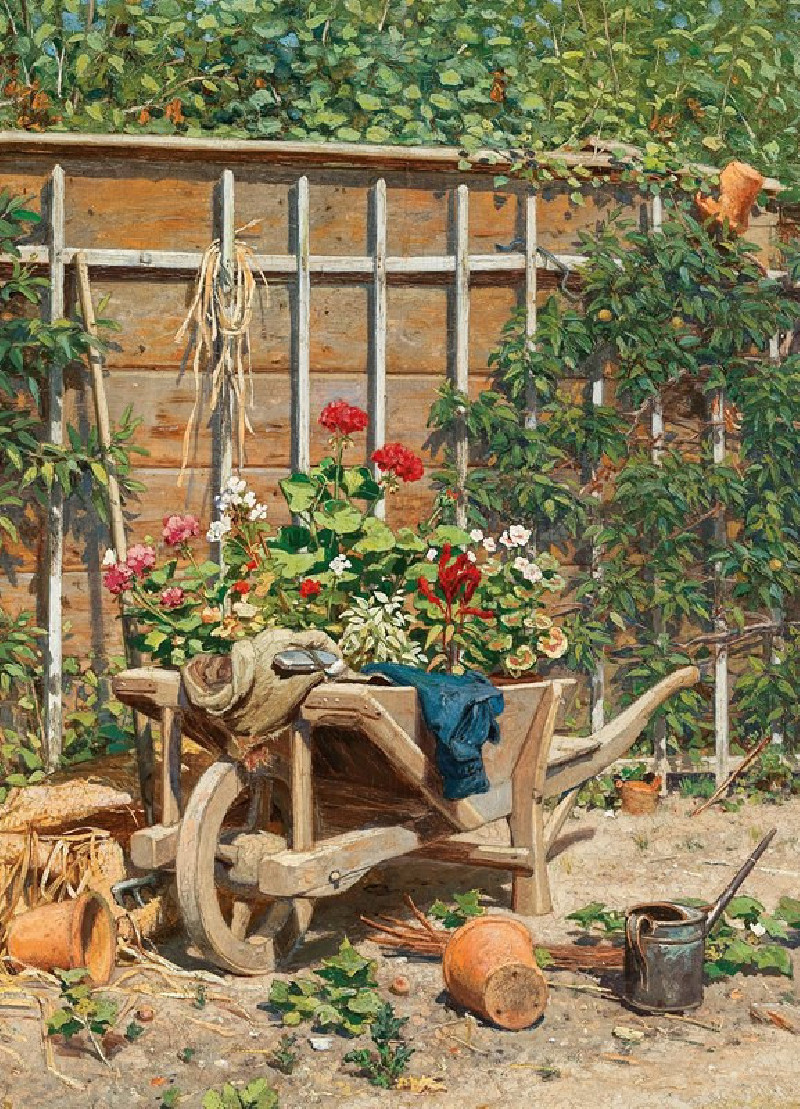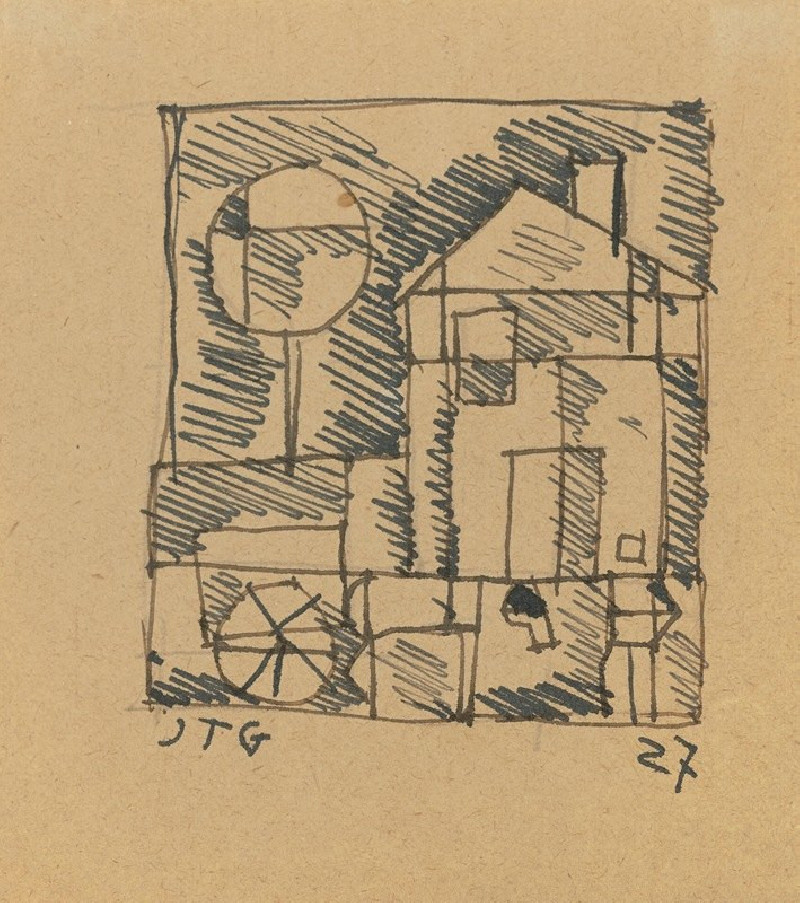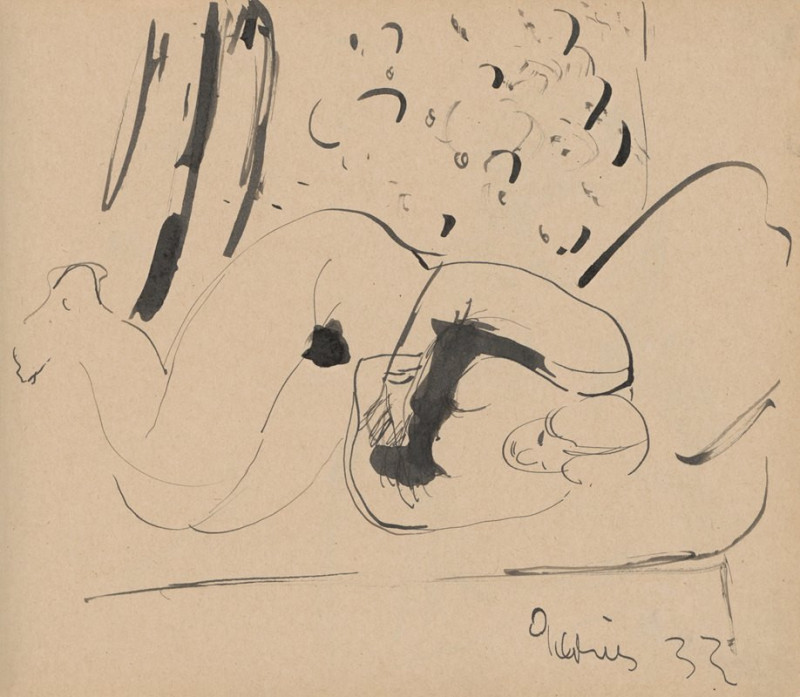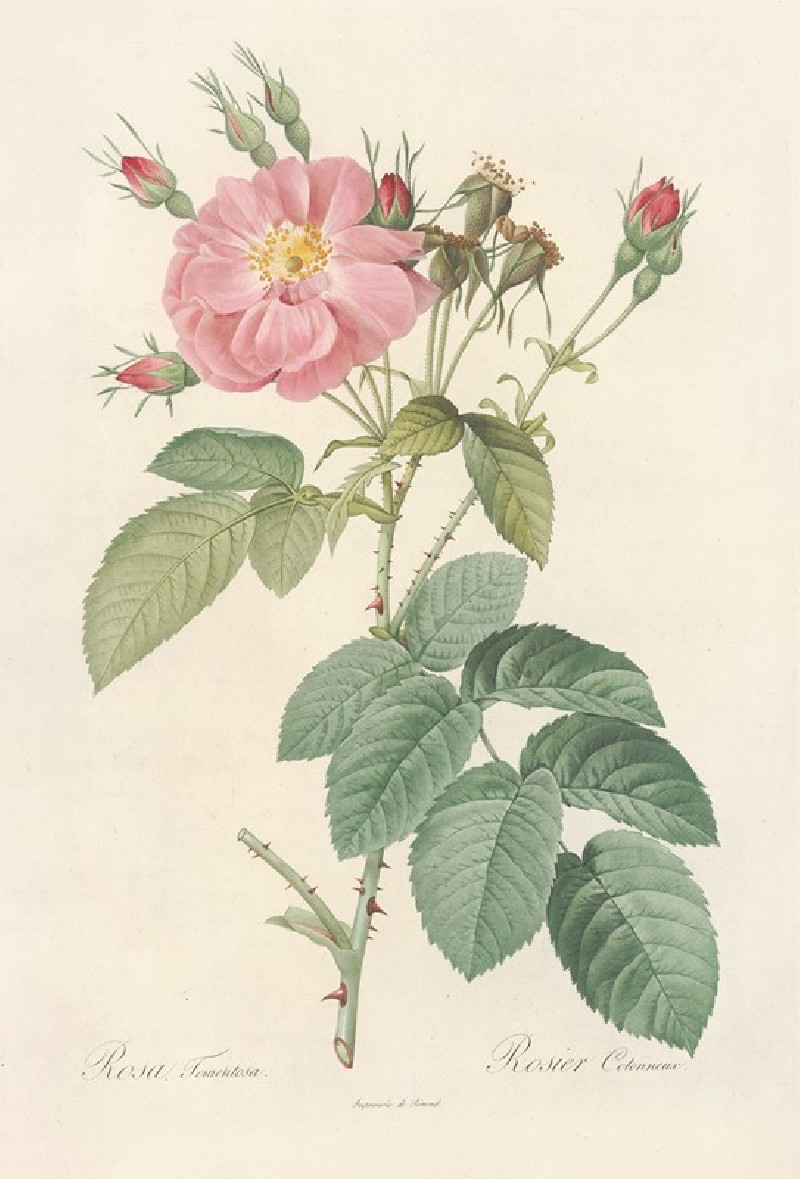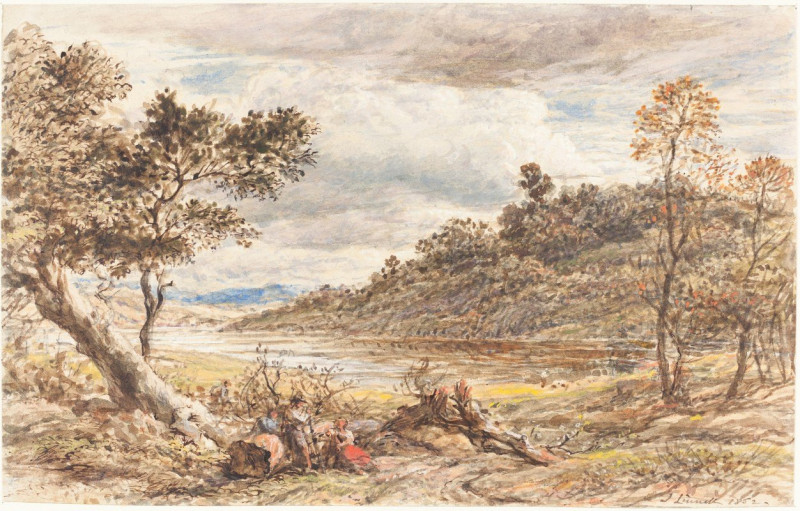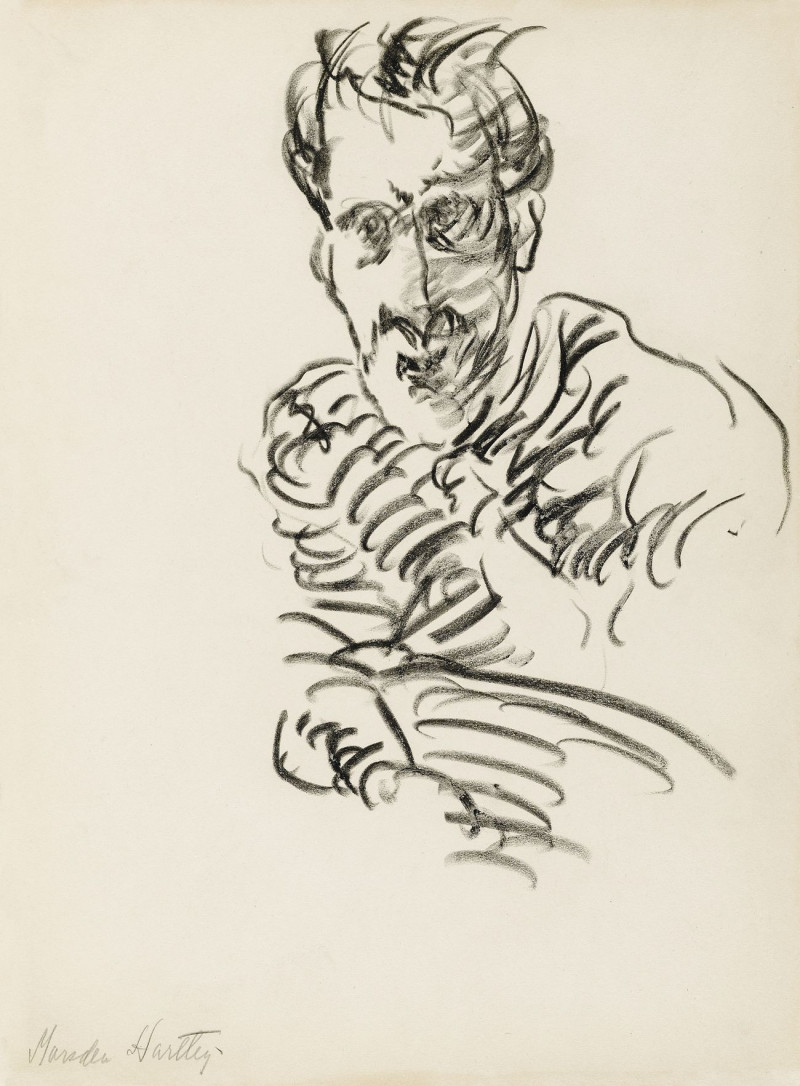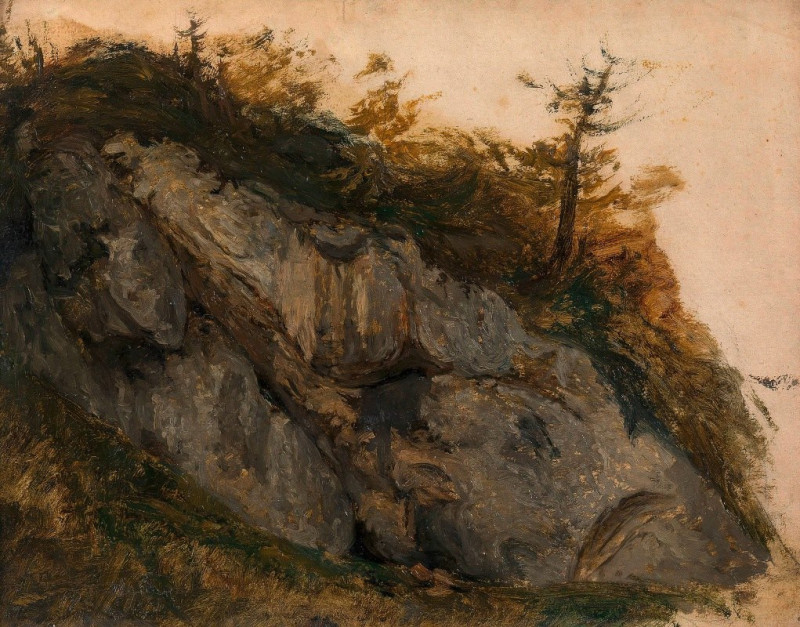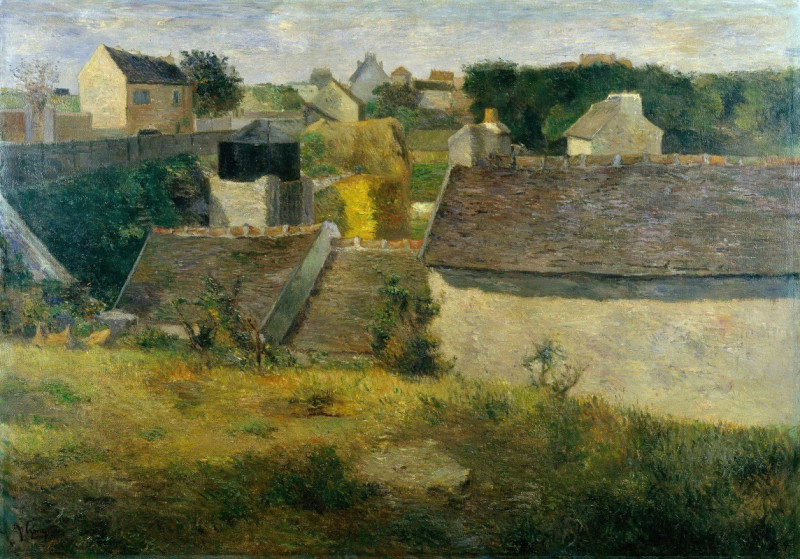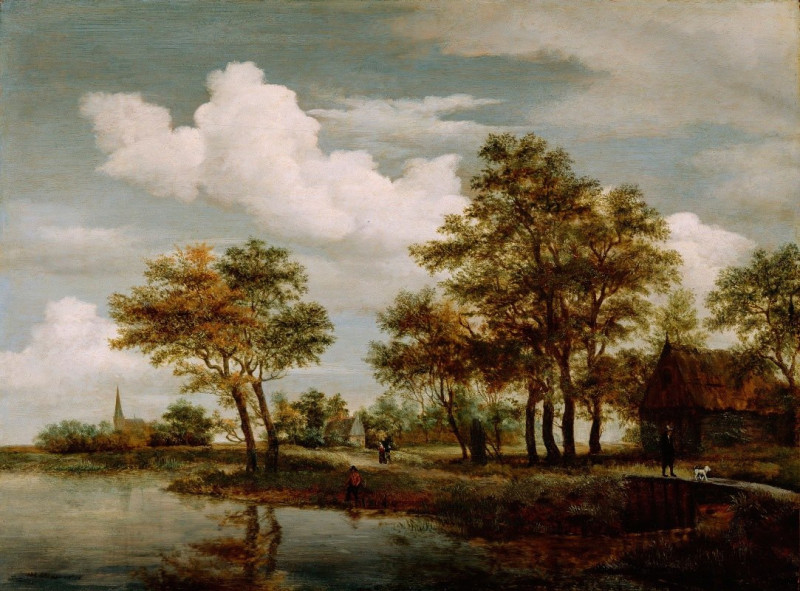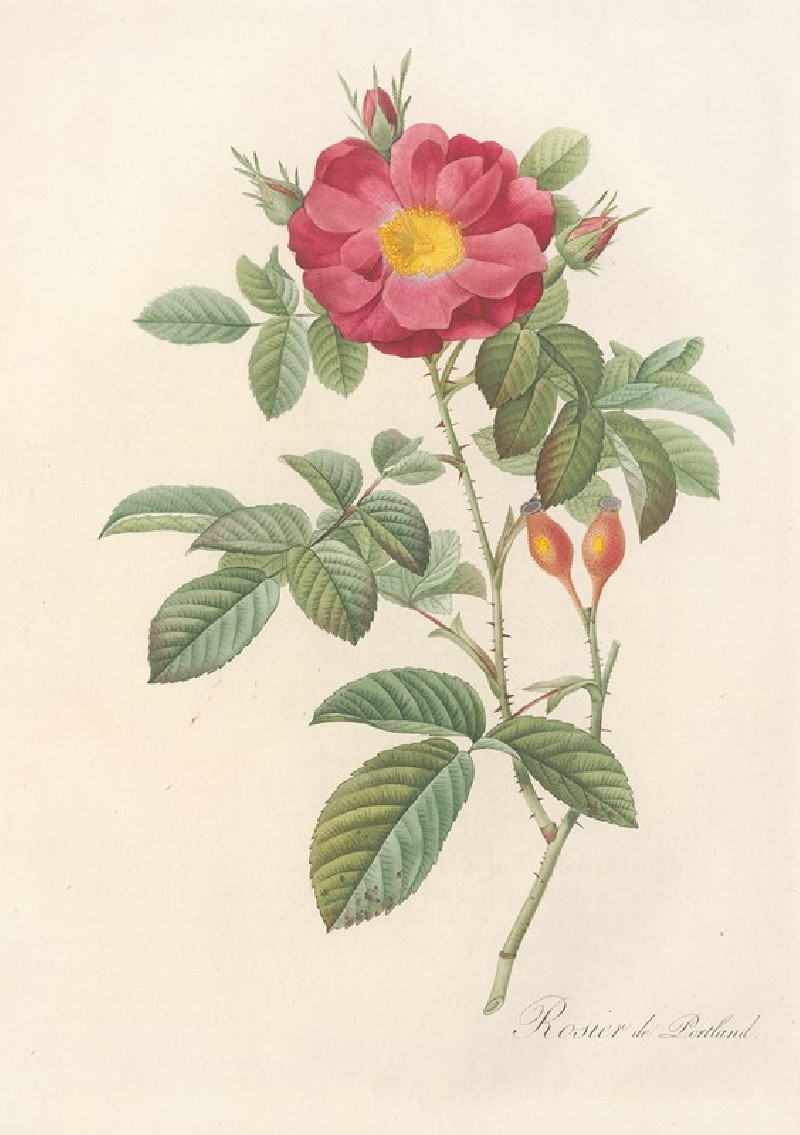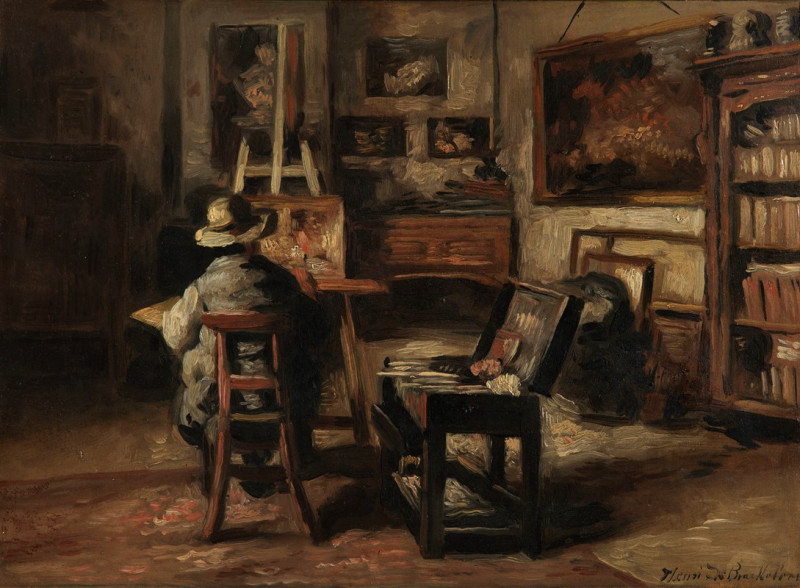The Second Oriental Head (c.1635)
Technique: Giclée quality print
Recommended by our customers
More about this artwork
Among the intricate tapestry of Rembrandt van Rijn's work, "The Second Oriental Head," a striking etching dating back to circa 1635, stands out for its powerful depiction and detailed execution. This artwork beautifully illustrates Rembrandt’s mastery in portraying character and emotion through his extraordinary technique.The piece features an older man rendered with exquisite detail, his face marked by the lines and textures of age, which tell a silent story of lived experiences. He is adorned with a richly textured turban and a fur-lined garment, both enhancing his dignified yet enigmatic presence. The turban is intricately wrapped, each fold captured with precise line work, offering a peek into the cultural attire that fascinated Rembrandt during this period.Rembrandt's skill in shadow and light play is evident, as he uses fine lines to carve out the contours of the man’s face, making the image almost palpable. The expressive eyes, looking off to the side, add to the contemplative nature of the portrait, inviting viewers to ponder the thoughts hiding behind those aged eyes."The Second Oriental Head" not only showcases Rembrandt’s talent as a draftsman but also reflects his interest in exotic themes and attire, which were popular among the Dutch elite during the 17th century. Through this etching, Rembrandt provides a window into the diverse society of his time and his curiosity about the world beyond his immediate environment.
Delivery
Returns
Rembrandt Harmenszoon van Rijn was a Dutch draughtsman, painter, and printmaker. An innovative and prolific master in three media, he is generally considered one of the greatest visual artists in the history of art and the most important in Dutch art history. Unlike most Dutch masters of the 17th century, Rembrandt's works depict a wide range of style and subject matter, from portraits and self-portraits to landscapes, genre scenes, allegorical and historical scenes, and biblical and mythological themes as well as animal studies.

